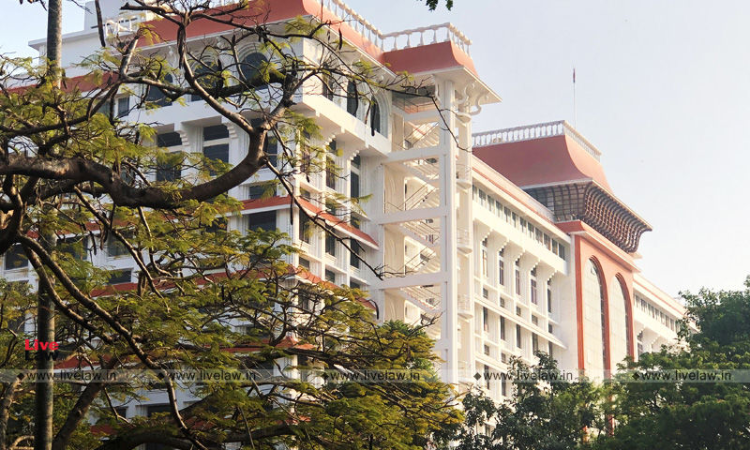Motor Accident Claims| Multiplier To Be Determined Based On Completed Age, Not Running Age: Kerala High Court
Hannah M Varghese
28 Jan 2022 11:32 AM IST

Tribunal may disregard FIR if there is credible evidence including oral testimony contradicting FIR.
Next Story


